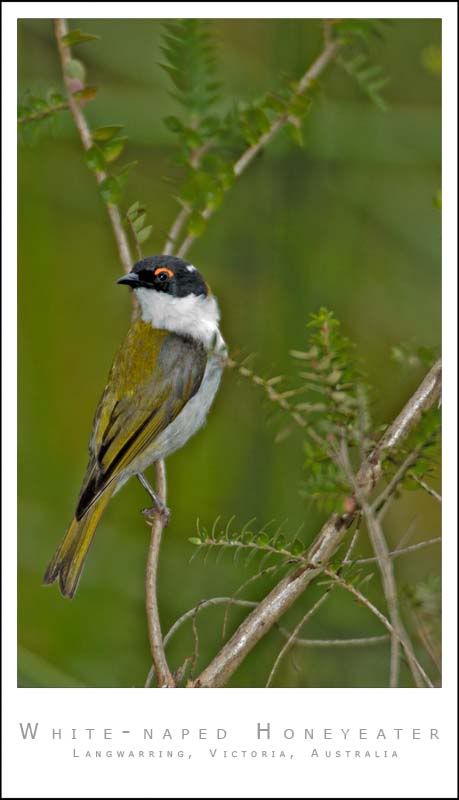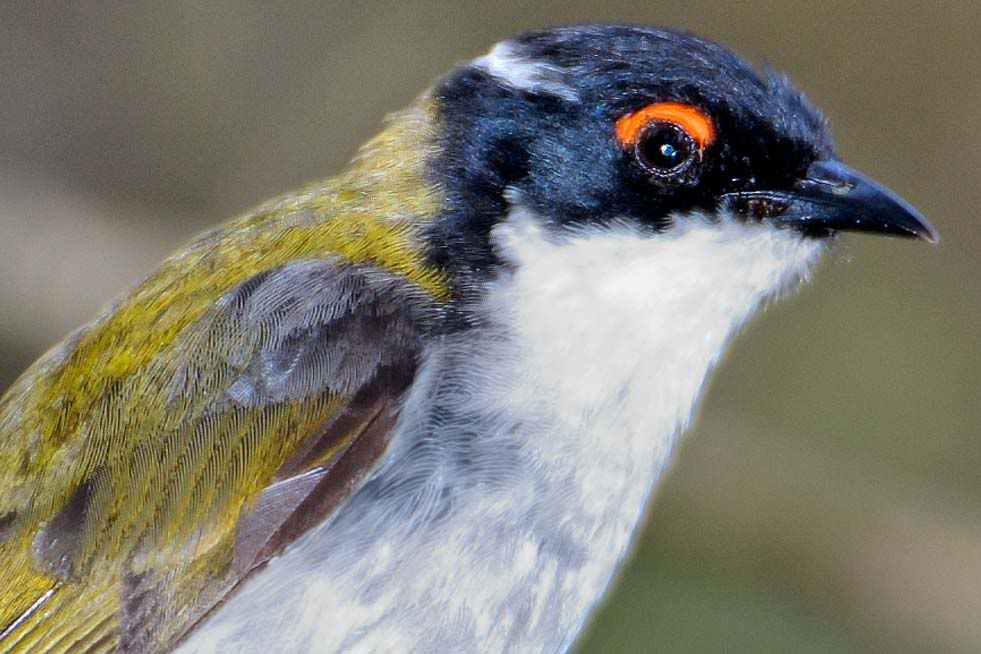Figbird
Went out to the Langwarring Flora & Fauna reserve today:
D70, Nikkor 500 f4, SB800 (manual 1/8 power)
ISO 250, f4, 1/100

The flash was too hot so had to do some PP work to tone down the birds chest feathers a bit.
Was having a very hard time getting the D70 to focus tonight... It would go right past the bird, come back past the bird and then not find focus at all.... ARGH. Maybe it's Nikon's way to get me to upgrade to the D200 !!!
Also I really need a flash sync cord. With the flash in wireless mode all the extra pre-flashes were scaring off the birds and I had to switch to manual mode... not fun at all.
Anyway... still got some OK pics. I think I'm (SLOWLY) getting better.
Comments and Critques Welcome..... *puts on thick skin*
Paul
D70, Nikkor 500 f4, SB800 (manual 1/8 power)
ISO 250, f4, 1/100

The flash was too hot so had to do some PP work to tone down the birds chest feathers a bit.
Was having a very hard time getting the D70 to focus tonight... It would go right past the bird, come back past the bird and then not find focus at all.... ARGH. Maybe it's Nikon's way to get me to upgrade to the D200 !!!
Also I really need a flash sync cord. With the flash in wireless mode all the extra pre-flashes were scaring off the birds and I had to switch to manual mode... not fun at all.
Anyway... still got some OK pics. I think I'm (SLOWLY) getting better.
Comments and Critques Welcome..... *puts on thick skin*
Paul

